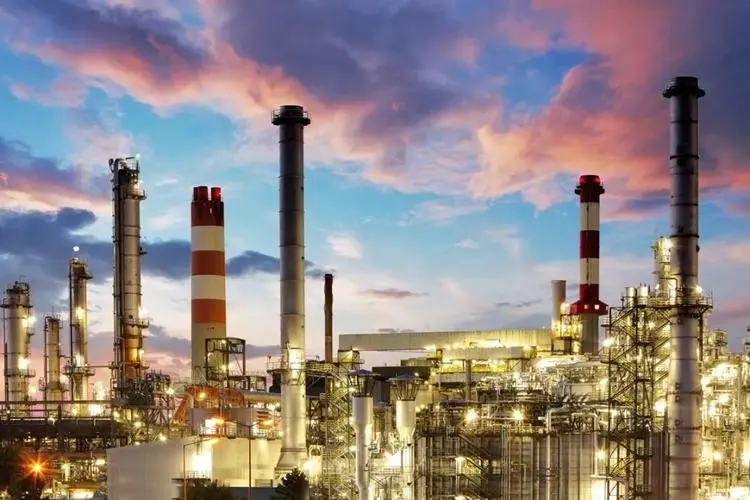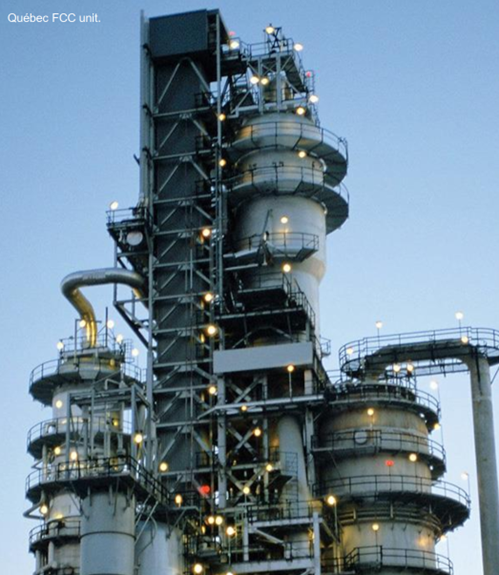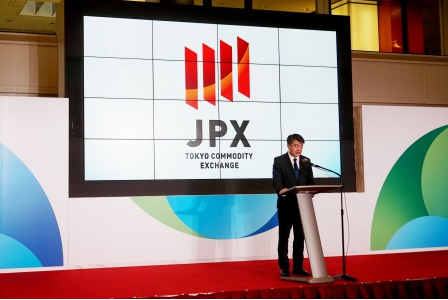TOCOM Energy
JPX Energy Market Updates(Jul. 19, 2022)
Uncertainty is still dominating the oil market last week, with recession fears being countered by physical tightness and growing supply risks. Crude oil futures Friday were climbing higher as prices consolidated after rebounding from the near five-month lows recorded in the previous session, bouncing after the US indicated it would stick to a 75 basis point rate hike and energy supply risks continue to rise with Biden left the Middle East with reports that no public announcement will be made on increasing oil supply.
However, markets are still facing steep weekly losses from last Friday's settlements. Middle East crude oil finished the week more than 5% down, with the benchmark price JPX Dubai future contract for September delivery settled at equally $88.6/b while Dubai cashed was assessed at 98.3$/b.
The retreat in flat global benchmark prices belies the broader picture for the Asian crude market, as structure and physical premiums rocketed to four-month highs on the perception that the physical supply/demand balance will remain tight for the rest of the year. Besides, the collapse in gasoline cracks this month has had little impact on demand for heavier barrels, and Libyan oil exports are starting to resume, hitting Brent harder both from a regional and quality standpoint.
The September Brent/Dubai EFS drifted lower over the week, valued around $1/b lower on the week at $10.70/b Friday, but still a historically high spread, while spread between ICE Brent and JPX Dubai future contract for September delivery was pegged at around minus $12/b.
On the supply side, record OPEC cuts are set to be fully phased out during August with quotas rising by another 648,000 b/d, but it remains to be seen how much crude members will be able and willing to pump in the months ahead. That fixes the spotlight firmly on Saudi Arabia and the UAE, which together hold most of the world's buffer barrels. By next month, Saudi crude production is targeted to reach 11 mb/d, a monthly level that it has scaled only twice before. That lofty rate would reduce its spare capacity to a razor-thin 1.2 mb/d. And it remains to be seen how deeply Saudi will be prepared to tap into this existing spare capacity.
The IEA estimate that Saudi Arabia is able to sustain output of around 11 mb/d for an extended period and could boost output to its maximum capacity of 12.2 mb/d although that effort could prove to be a challenge given its mature reservoirs. Higher volumes hasten depletion rates and would require an increase in drilling, subsurface and surface maintenance. As for the UAE, crude supply is targeted at 3.18 mb/d for August, which would leave it with 950 kb/d of spare.
Tensions between the US and Saudi Arabia eased when OPEC+ agreed to accelerate production hikes through the summer. However, the market does not expect to secure any oil supply commitments after President Joe Biden's visit to Saudi Arabia this time, The Saudi prince said Saudi Arabia had announced raising its production capacity to 13 million barrels per day by 2027 from a nameplate capacity of 12 million now and after that the Kingdom will not have any more capability to increase production, and this growth story is set to take place after 2024. All eyes in the market will now shift to the next OPEC+ meeting, scheduled for Aug. 3, when ministers will formally set September production levels.
On the demand side, soaring fuel costs are slowly starting to moderate oil demand growth, road fuels were impacted the most, as evidenced by a lackluster start to the US driving season. The figures, published by the EIA, unveil the elasticity of gasoline demand, which has fallen almost 15% on the week to 8.06 million barrels. In Asian market, the collapse in gasoline outright prices and cracks continued unabated last week, as recessionary fears and demand destruction saw prices slump to fresh multi-month lows. In European market, a 10% build in gasoline stocks helped lift ARA storage volumes last week, with 1.25 million mt listed as being available on Friday.
Also of note, the spread between diesel and gasoline prices in Asia ballooned to an all-time. As we move away from peak gasoline season in the Northern Hemisphere, refiners will likely start maximizing middle distillate production as European countries look for alternative diesel sources ahead of further Russian sanctions. The squeezing of the middle distillate production margins may further narrow refinery margins in the coming months.
That's what I want to share with you today, and welcome back next week.




